Affiliate links on Android Authority may earn us a commission. Learn more.
nubia Z20 review: Trying too hard
October 24, 2021
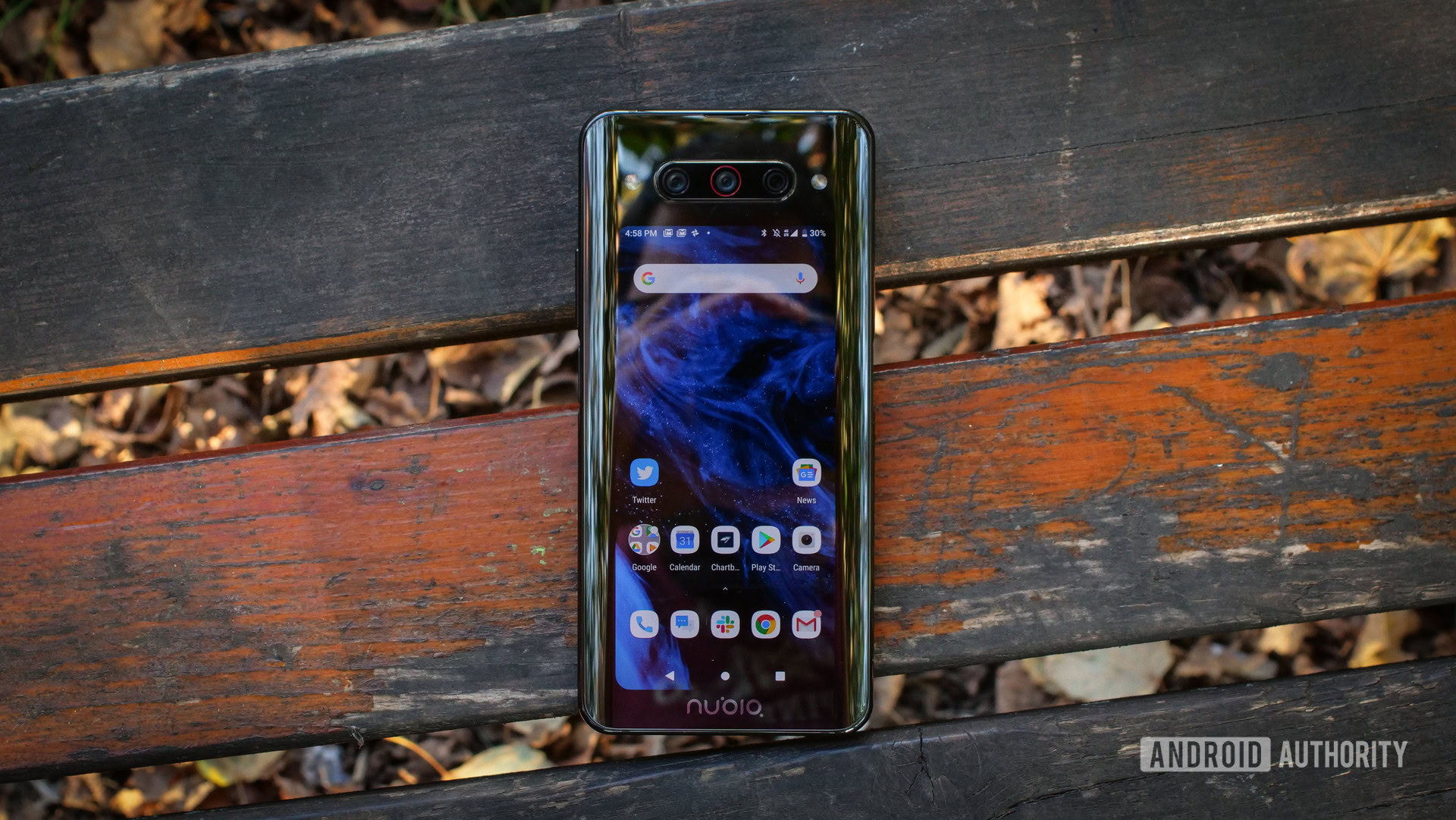
Of all the weird things phone-makers have done in the name of bezel-less screens, secondary displays are the weirdest. Some companies are adding an expensive, fragile display to the rear of their phones, just so they can shave off a few millimeters from the front bezels. How crazy is that?
After reviewing the nubia Z20, I have an answer. It’s crazier than I thought.
That doesn’t necessarily mean the nubia Z20 is a bad phone. It’s just bizarre, with its two screens and two power buttons. Then again, it offers Snapdragon 855 Plus, a triple camera, and a solid battery for $550. Should you give it a shot? Find out in our nubia Z20 review.
Camera shootout: Pixel 4 vs the best smartphone cameras around
nubia Z20 review: The big picture
nubia is little known in Western markets, but the company (an offshoot of ZTE) sells its devices globally, making them more accessible compared to other Chinese phones. The Z20 is joining an increasingly crowded playing field of “top-specs” devices that can cost half the price of a premium flagship. While the nubia Z20 has an appealing price tag, it needs to positively shine in order to beat competition.
How is the screen on the back?
Let’s start with the obvious. The nubia Z20 has a second, smaller screen on its back. Its main purpose is to show you a viewfinder when you take selfies. There is no camera on the front, so when you need to take a selfie or a video call you need to flip the phone around.
The nubia Z20 is not the first device to use this gimmick. The vivo Nex Dual Display and others have done it before.
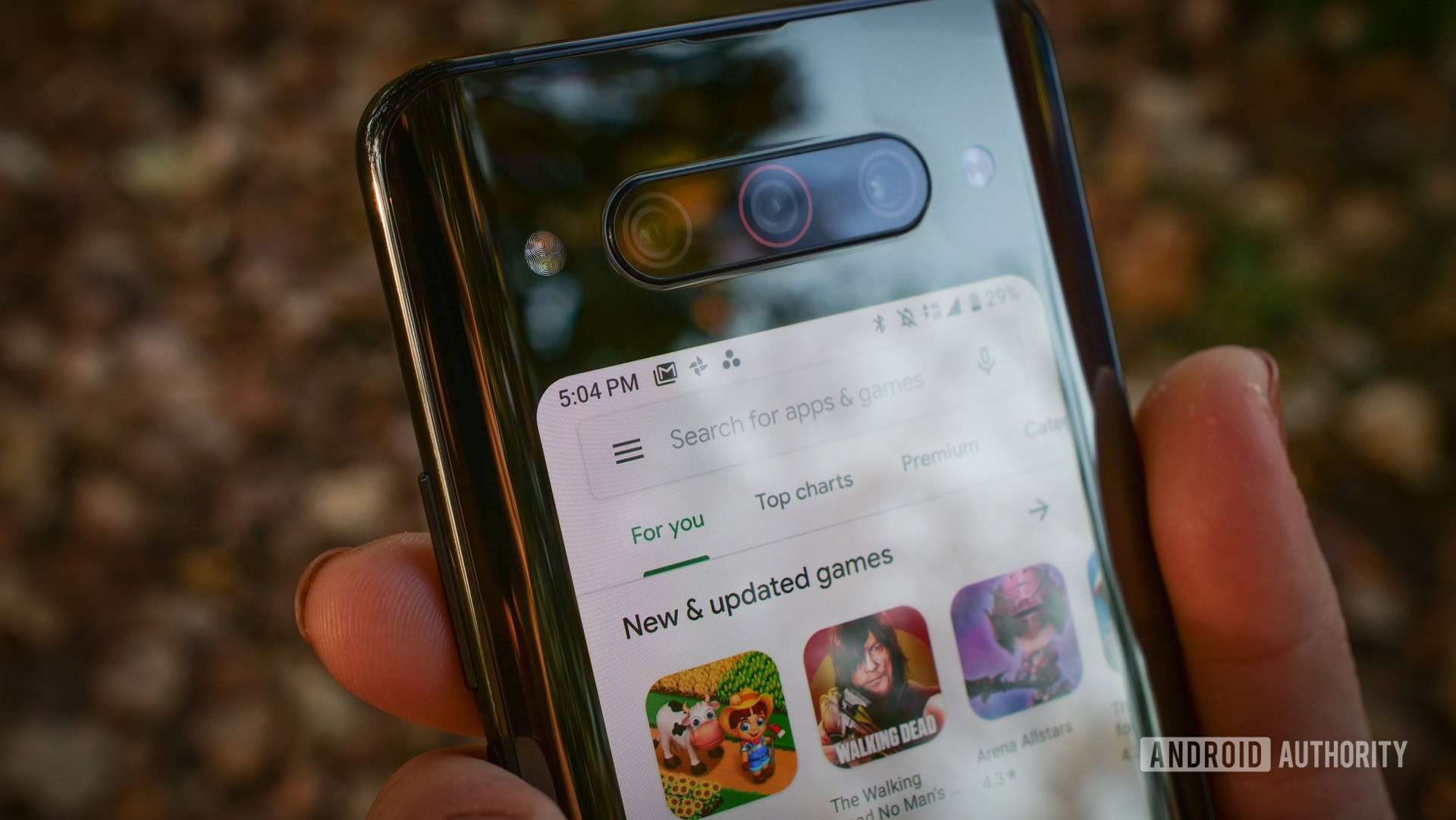
The second screen is AMOLED, just like the main one, and measures 5.1 inches across. It’s slightly lower-res and dimmer than the primary one, and it’s not very enjoyable to use overall. The extra-fat bezels around it make it feel cramped. The first impression is also hurt by the Eye Protection mode that’s enabled out of the box — it gives it a horrible yellow tinge. You have to dig through the settings to disable this mode, but I strongly recommend you do it right away.
While its main function is to allow you to use the camera on the back for selfies, you could use this smaller display as your primary screen. I can’t imagine why you would want to do this, but it might be worth it just for the looks from people around you.
The screen blends in perfectly with the back of the phone. On the black model I reviewed, it was almost invisible when turned off.
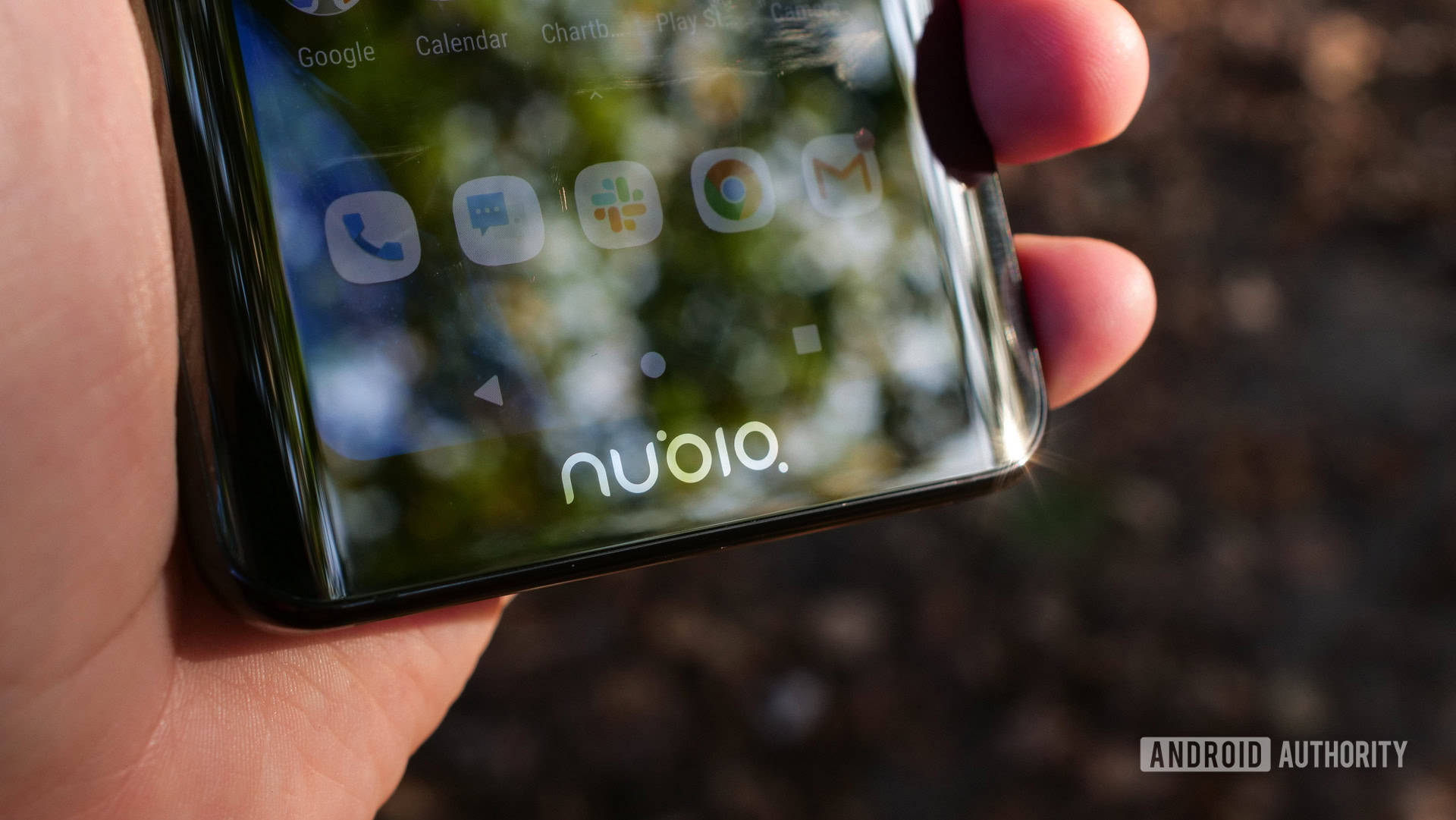
Wait, can you use a case with the nubia Z20?
I received a simple clear silicone case with my nubia Z20 review unit and you can definitely use the secondary display with it. It’s just not a good experience. Even brand new, the case affected image quality. Silicone cases tend to become disgustingly grimy with use, so I shudder to think how the screen will look after a few months.
A clear hard plastic case might be a better option. You could also use a bumper, but that would leave the screen on the back completely unprotected.
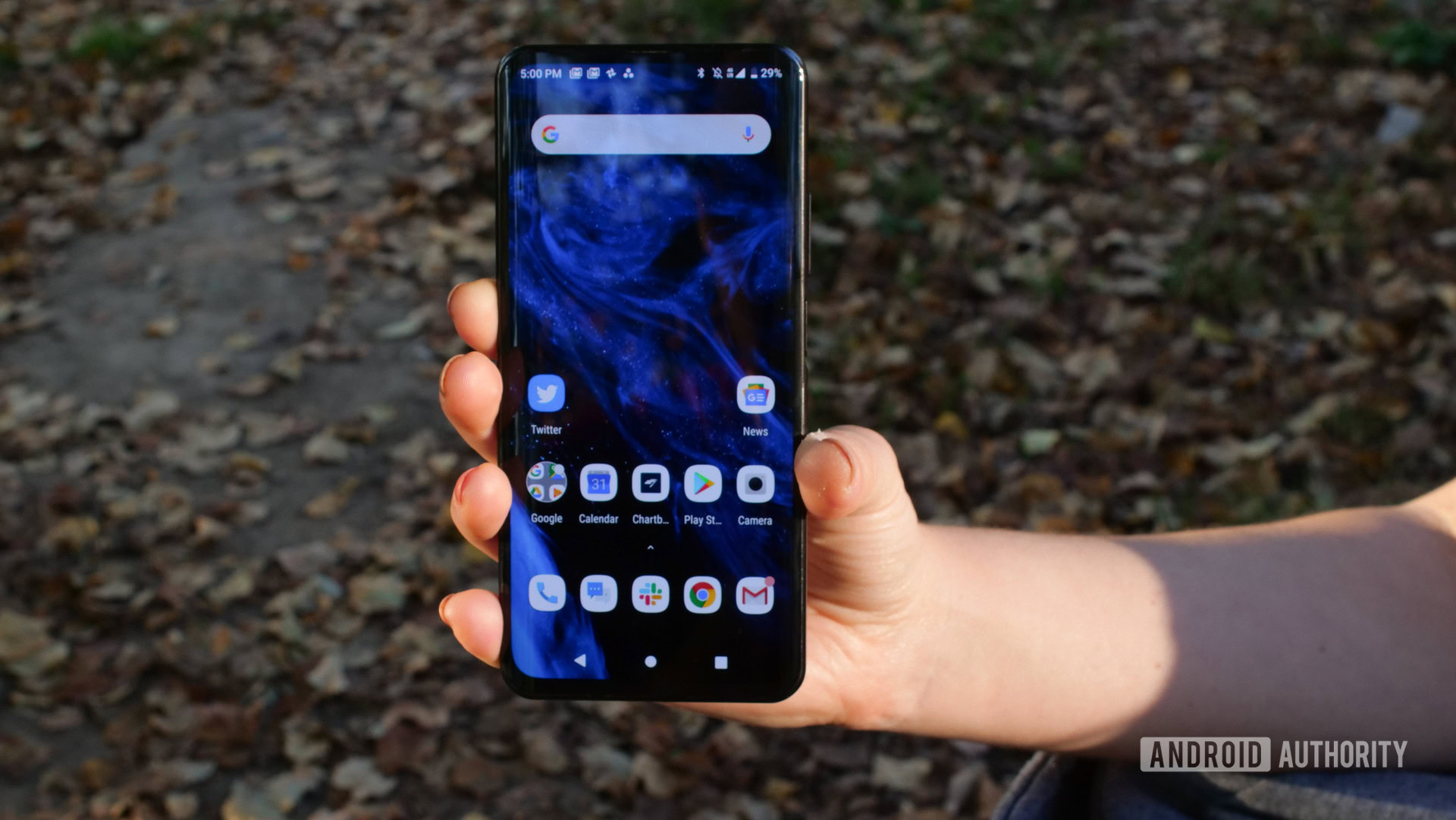
What is the second display good for?
As mentioned, you can video chat and take selfies using the secondary display. It works well, though the small format makes it less enjoyable than the main screen.
There are several other functions you could try, but none of them are very compelling. The most useful is to show a viewfinder even when you take normal shots — it’s great for portraits, as the subject can see themselves, like in a mirror.
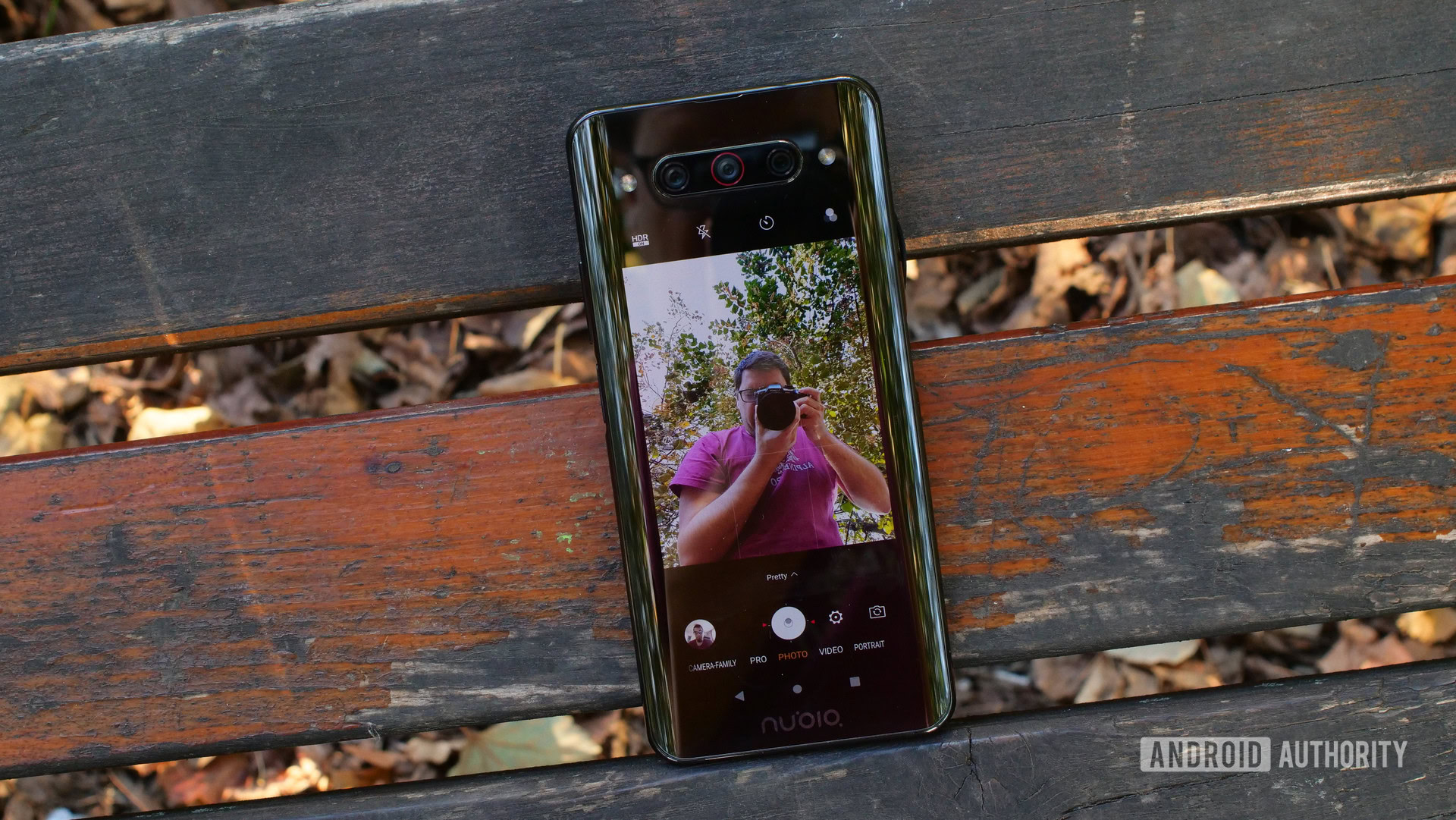
The second screen can show an always-on display with a clock and notifications. You get the exact same experience on the main display, so it feels superfluous.
You can also set the second screen to show screensaver-like animations when you take a call, play music, or play games. They look kind of cool, but you won’t see these animations yourself because you’ll be busy looking at the front of the phone.
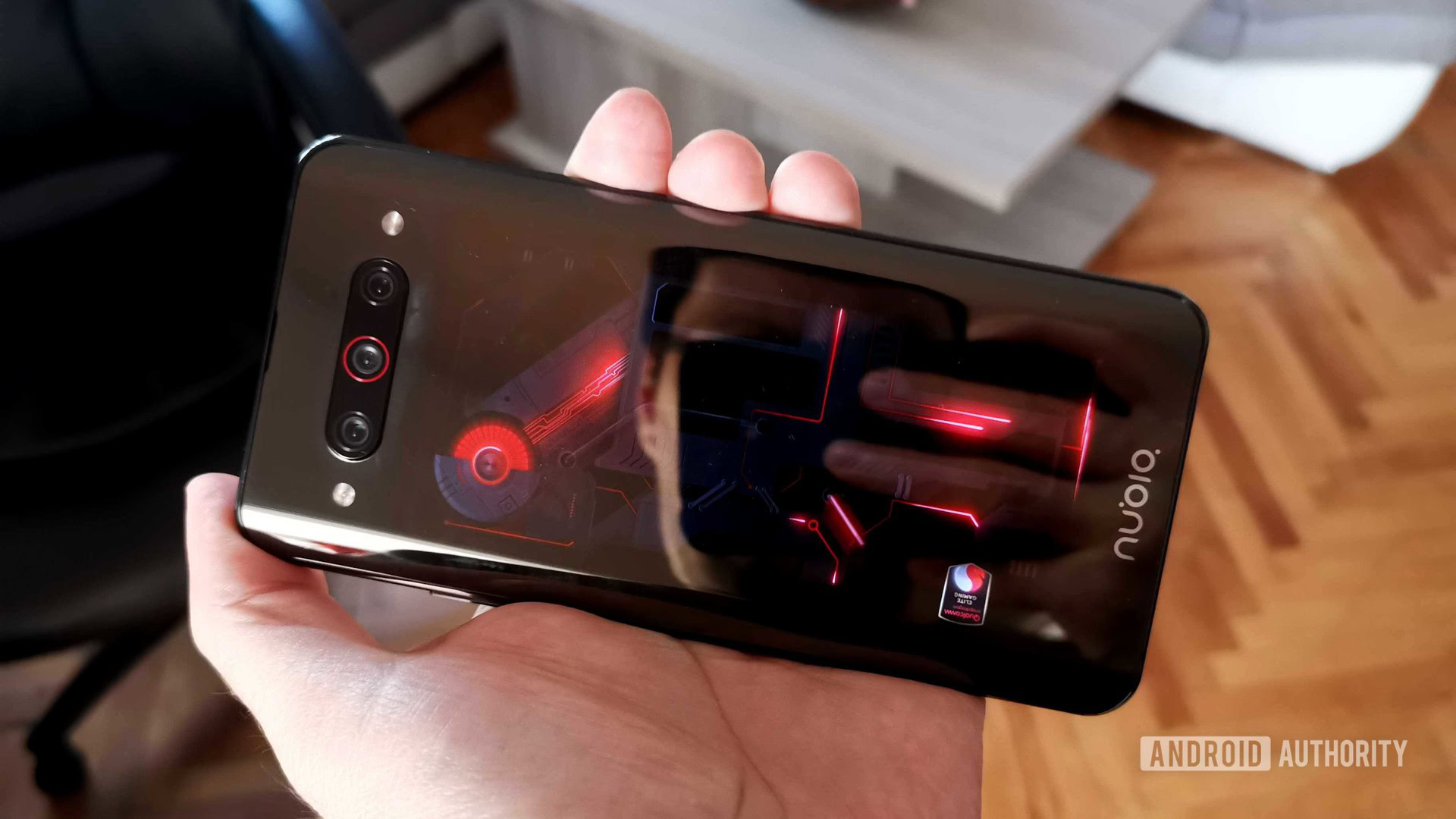
You can set the second display to either mirror the main display or to act as an extension of it. In this latter mode, you can have one app open on the main screen, and another one on the rear. You can multitask to a degree by flipping the phone around. But it’s faster and easier to double-tap the recent apps key to switch between apps the normal way. You’ll also look far less ridiculous.
You can 'multitask' by flipping the phone around. ¯\_(ツ)_/¯
What’s the nubia Z20 like to use?
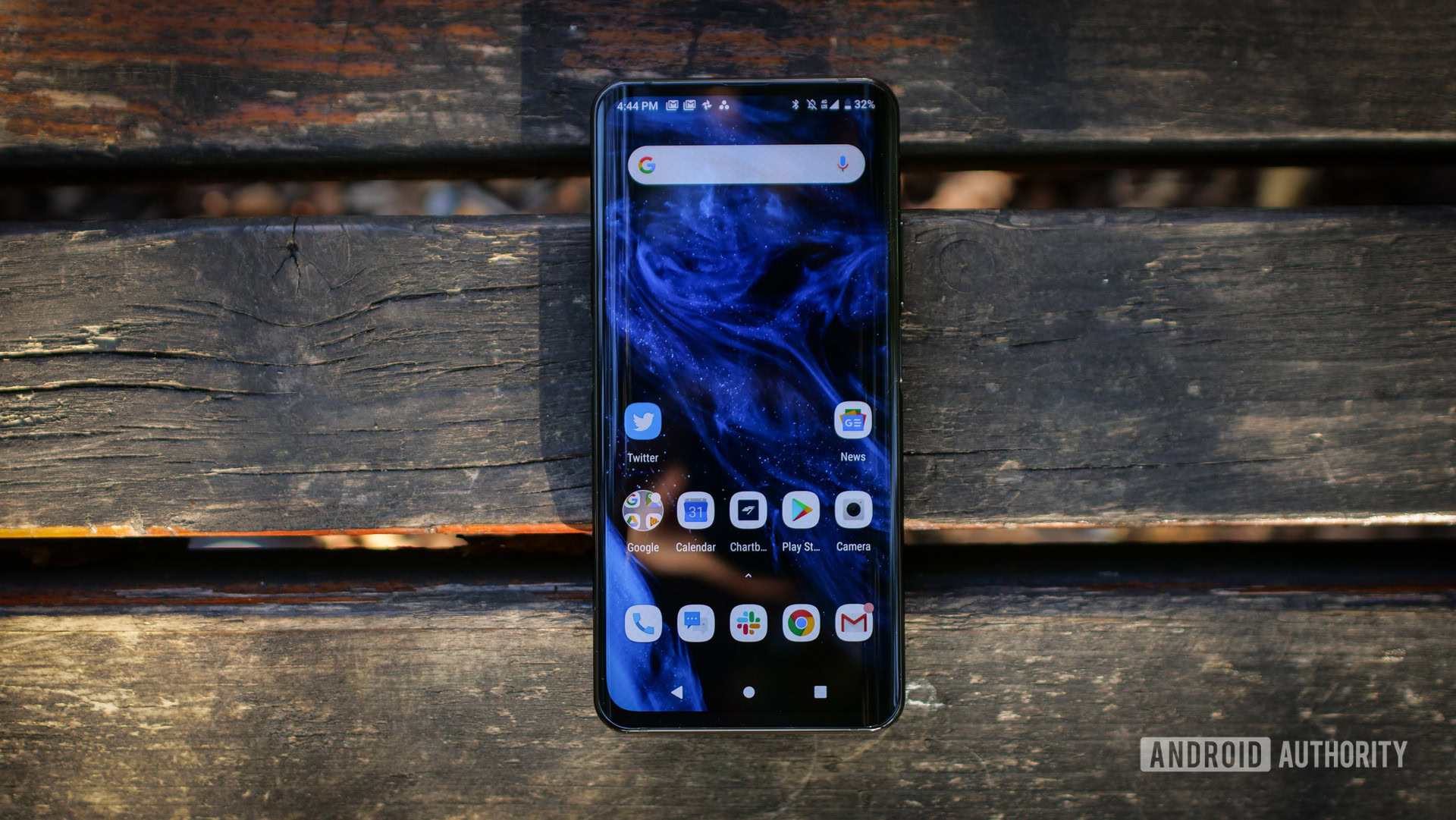
If you ignore the second screen, the nubia Z20 becomes a much better phone. It has a large, pleasant AMOLED display on the front. The edges of the screen are slightly curved, but this is no waterfall display (a good thing in my book). The bezels are thin, but not the thinnest around; coupled with the overly rounded corners, they cheapen the Z20’s look.
I really like the nubia Z20’s size — it’s in that sweet spot at the intersection of large screens and portability. At 9mm, the phone is slightly thicker than its peers, but I didn’t feel it thanks to its symmetrically curved profile.
Should you pick the Snapdragon 855 Plus over the regular 855?
The nubia Z20 feels fast and smooth in day-to-day use, thanks to the Snapdragon 855 Plus chip and adequate amounts of RAM. The few hiccups I noticed were likely related to the pre-production software on the review unit.
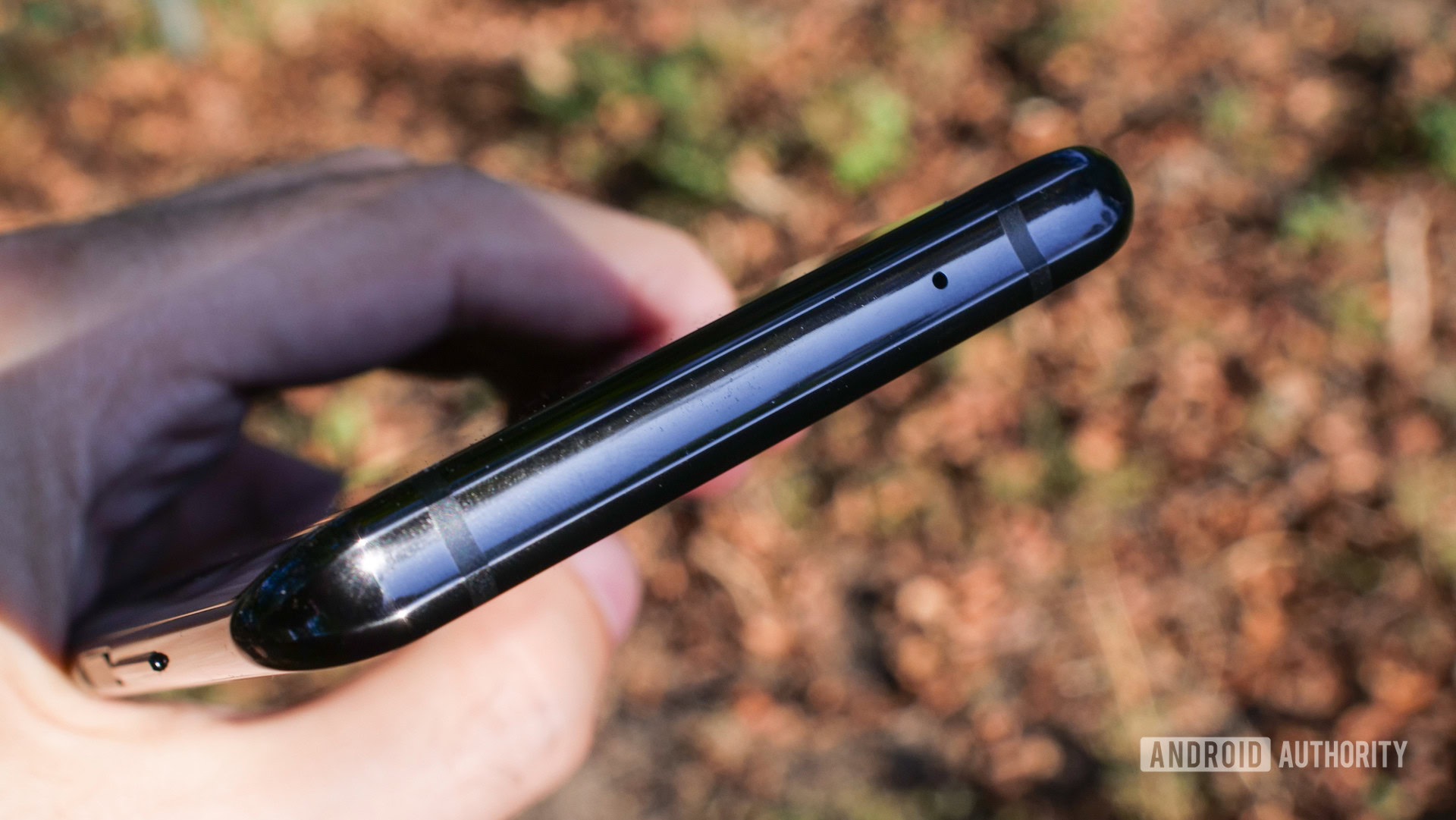
The phone has two power buttons that both integrate fingerprint sensors. They work fine for the most part, though they are not as fast as the side-mounted scanner on the HONOR 20 Pro, which I got to try earlier this year.
Why two power buttons? It’s to let you unlock the phone with your thumb regardless which screen you use. Lefties will love it too. While I get why nubia went this route, the dual buttons felt a bit overkill, considering the limited usefulness of the secondary screen.
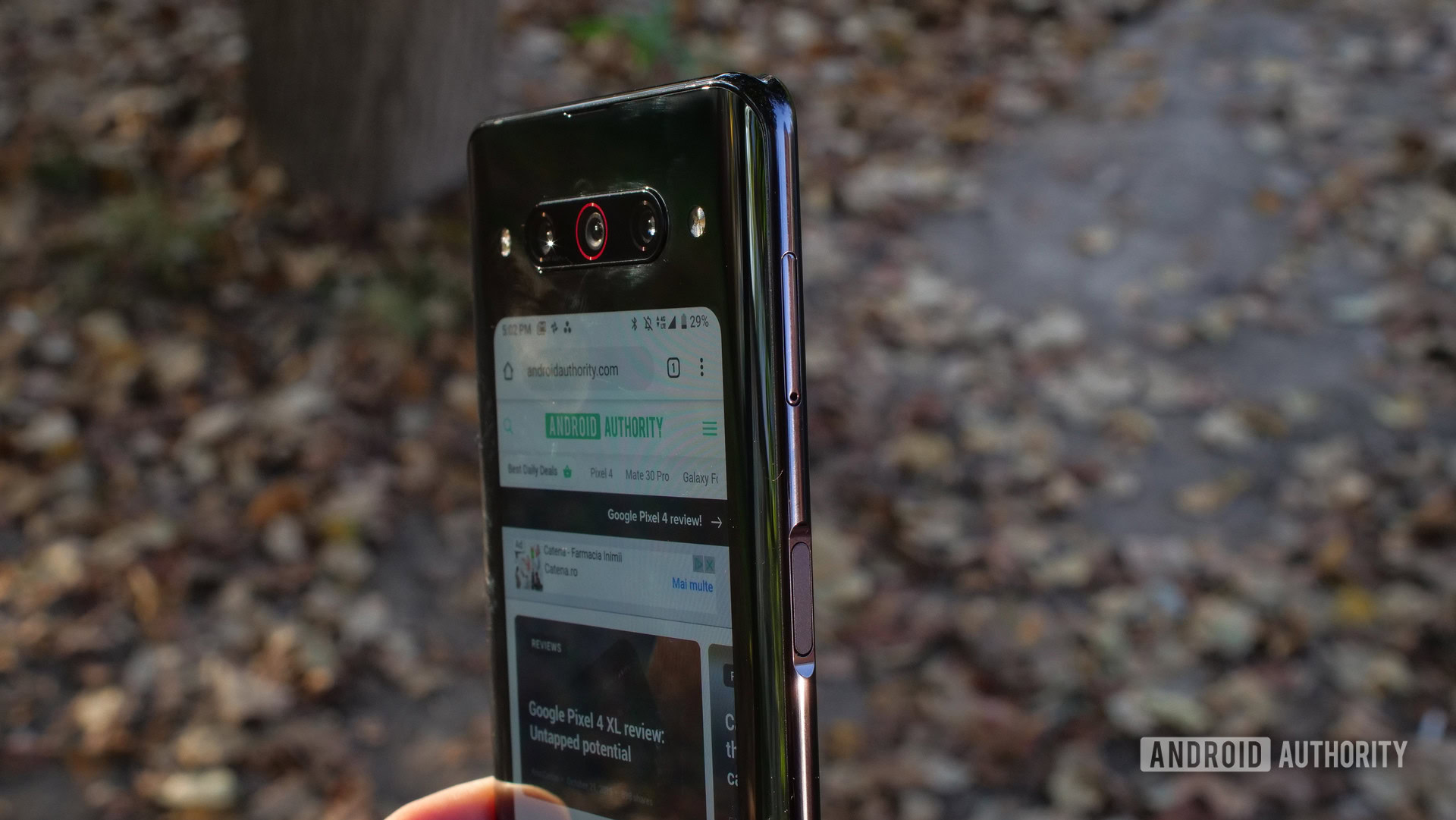
Battery life is adequate, though not out of the ordinary. The 3,900mAh battery easily got me through a day of light to medium usage. The phone supports fast charging at up to 27W, but there’s no wireless charging.
Speaking of missing things, you don’t get NFC, a headphone jack, a microSD card slot, or an IP rating on the nubia Z20. Perhaps nubia had to save some costs after adding that second screen?
How’s the nubia Z20 camera?
The Z20 comes with three cameras in the now-classic standard-telephoto-wide configuration. The main camera uses the ubiquitous 48MP Sony IMX586 sensor binned down to 12MP final shots; the ultra-wide has a 16MP sensor and a 122.2-degree field of view; the 8MP telephoto camera offers 3X optical zoom.
This is a versatile setup that will let you take all kinds of shots, from super macro closeups to zoomed-in portraits, and everything in between. While I enjoyed this flexibility, the image quality leaves something to be desired, especially for shots taken on the wide and tele cameras.
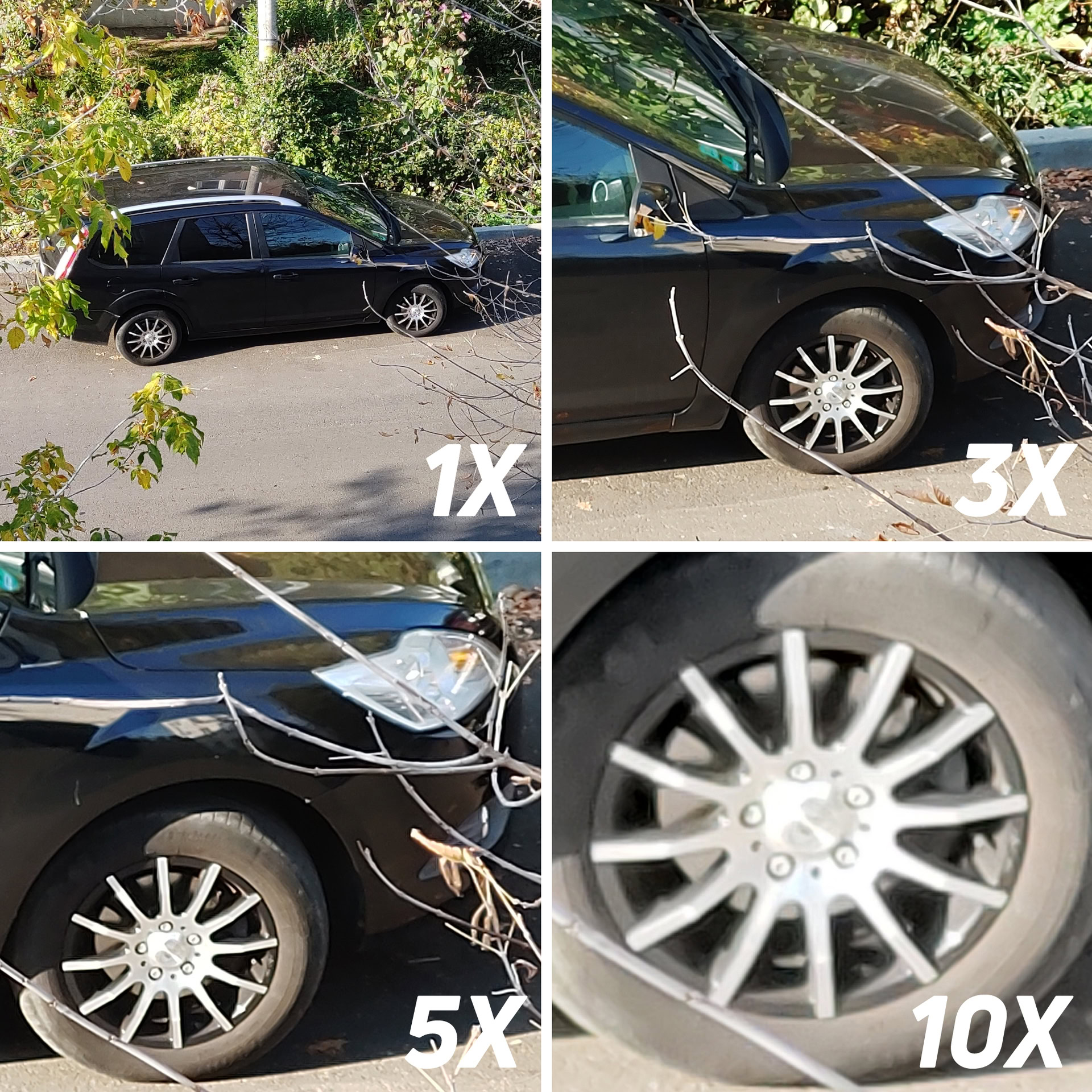
Most shots are a bit underexposed, though in good lighting you can get some solid results. Because they lack OIS, wide and tele shots can end up a bit blurry. When light goes down, fine detail is replaced by smudgy noise, especially as you zoom in. While nubia doesn’t advertise it, the Z20 can take some decent macro shots.
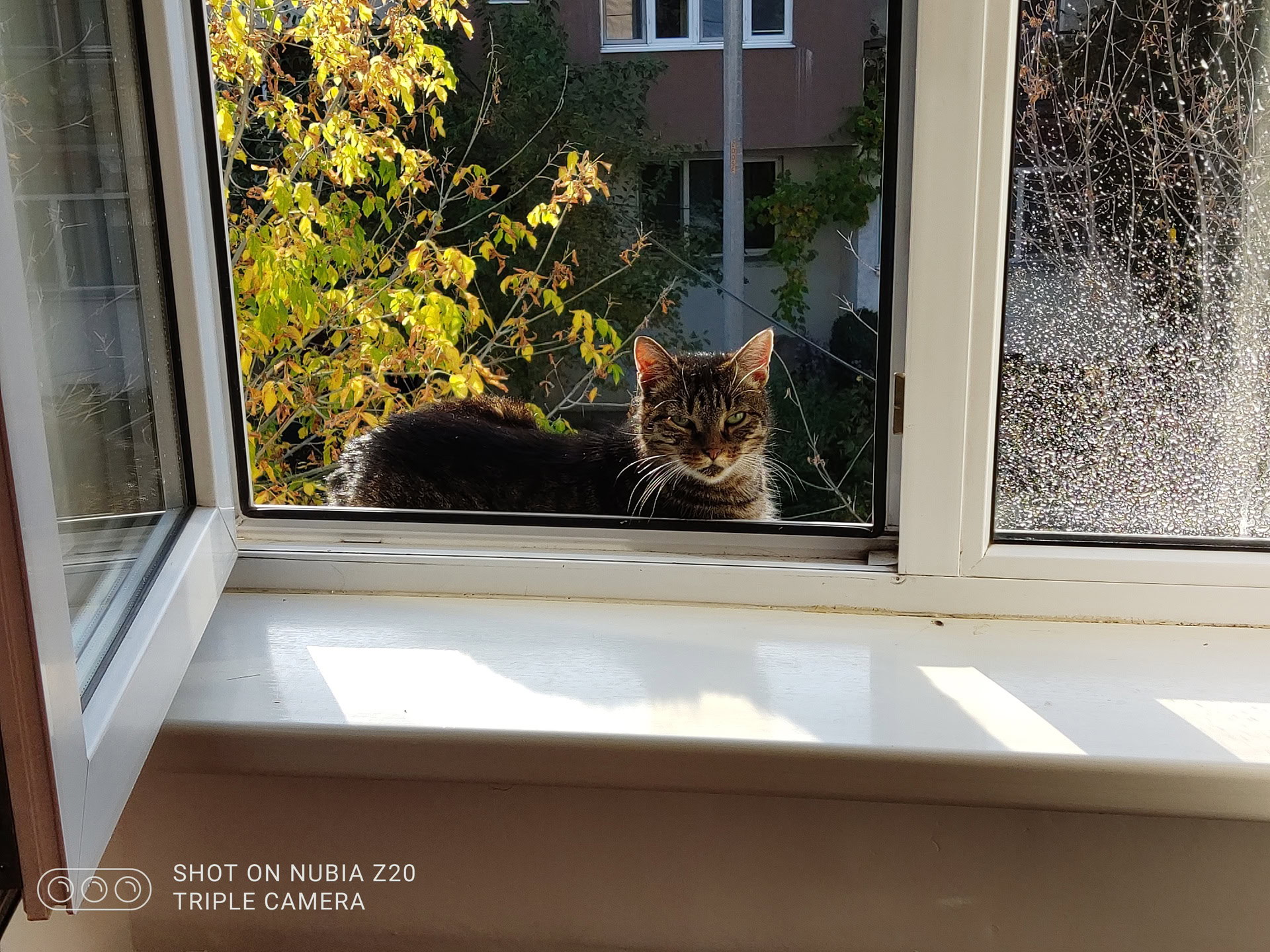
Portraits turn out pretty good on the nubia Z20.
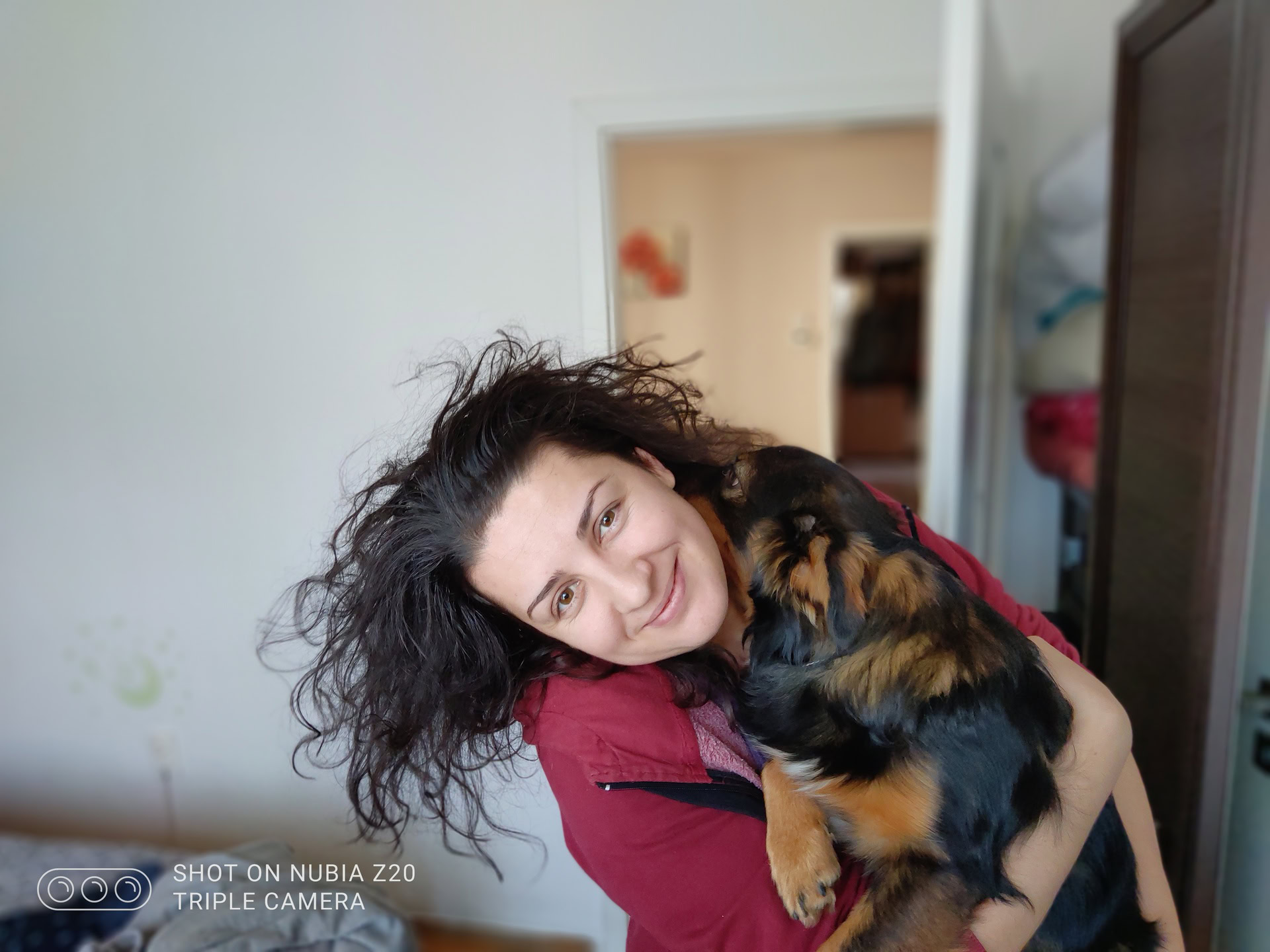
Thanks to the second screen, you can use the standard and wide angle cameras on the back for self-portraits. Standard selfies turn out pretty good; the wide mode can help with some more creative shots, as well as group selfies, but images taken in this mode turned out too soft.
Overall, I like that the nubia Z20 has a flexible camera, but image quality across the three lenses is inconsistent. The camera app isn’t that good either, making it hard to switch between the various modes.
Full-size nubia Z20 camera samples are available here.
Is the software on the nubia Z20 good?
The nubia Z20’s software can be described as “stock Android plus,” and that’s both a positive and a negative.
On the plus side, you don’t get any of the heavy-handed iOS-inspired customizations that other Chinese companies (cough, cough Vivo) favor. The nubia Z20 runs a very restrained take on AOSP Android 9 Pie, with almost no visual changes and just a few functional additions.
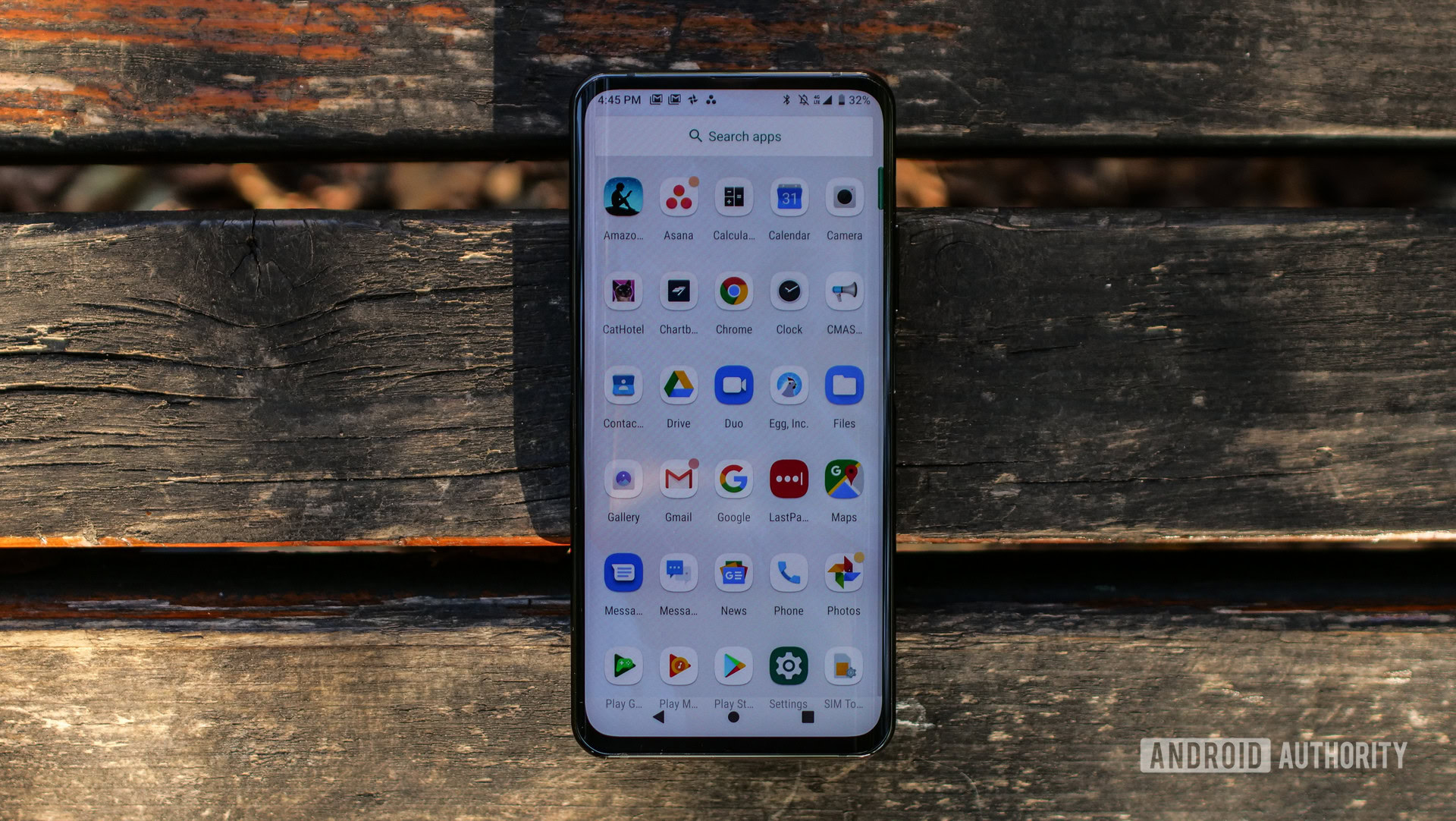
There’s no bloatware, and the only notable big feature is a game launcher called Gamespace, borrowed from nubia’s gaming-focused sub-brand Red Magic. You also get the ability to squeeze the lower part of the phone to launch an app of your choice. That’s about it.
While I appreciate the restraint nubia showed here, the OS is so basic it feels behind the times. For example, the only navigation option is the classic three-key bar. You may be fine with it, but personally I find gesture navigation a far better choice. Similarly, there’s no dark mode, no advanced customization options, and almost nothing to set the Z20 apart.
And then there are the bugs. I ran into a bunch of issues during my nubia Z20 review period. The most jarring problems were related to the secondary screen. Occasionally, the phone activated the secondary screen instead of the main one when I pulled the phone out of my pocket. Worse, when using the phone in the dark, the phone would rapidly switch between the two screens, making it almost unusable. The only solution is to awkwardly pull down the quick setting drawer on the back of the device and activate the “Switch Screen Locking” option.
In Google Chrome and the official Twitter app, scrolling was broken: flick touches failed to register, and trying to scroll down would occasionally result in a scroll up. Also in Chrome, simply touching the second fingerprint reader (found on the left when using the primary display) opened the Find in page dialog.
I also spotted multiple typos and wording errors in the UI, in particular in nubia’s proprietary features. Between the bugs and the shoddy translations, the software on the nubia Z20 did not inspire confidence.
nubia Z20 specs
| nubia Z20 | |
|---|---|
Display (primary) | 6.42-inch AMOLED 19.5:9, 2,340 x 1,080 401ppi, up to 600 nit brightness, Gorilla Glass 5 |
Display (secondary) | 5.1-inch AMOLED 19:9, 1,520 x 720 330ppi, up to 330 nit brightness, Gorilla Glass 5 |
SoC | Snapdragon 855 Plus |
GPU | Adreno 640 GPU |
RAM | 6GB/8GB |
Storage | 128GB/256GB/512GB, F2FS |
Main camera | 48MP Sony IMX 586 1/2" sensor size f/1.7 79.4 degree FoV 0.8 micron pixel size 6-part lens dual flash |
Ultra-wide camera | 16MP Sony IMX 481 1/3.09" sensor size f/2.2 122.2 degree FoV 1 micron pixel size 6-part lens |
Telephoto camera | 8MP OV08A 1/4.4" sensor size f/2.4 30 degree FoV 1 micron pixel size 5-part lens |
Audio | No headphone jack |
Battery | 3,900mAh |
IP rating | No |
Sensors | Pressure, light, compass, acceleration, gyroscope, fingerprint sensors |
Network | EU & Asia Version GSM: 850/900/1800/1900 CDMA: 1x & EVDO 800/1900 TD-SCDMA: B34/B39 TD-LTE: B34/38/39/40/41 WCDMA: 850/900/1900/2100/AWS/B9/B19/B6 FDD-LTE: B1/B2/B3/B4/B5/B7/B8/B18/B19/B20/B26 NA Version GSM: 850/900/1800/1900 CDMA: 1x & EVDO 800/1900 TD-SCDMA: B34/B39 TD-LTE: B 34/38/39/40/41 WCDMA: 850/900/1900/2100/AWS/B9/B19/B6 FDD-LTE: B1/B2/B3/B4/B5/B7/B8/B12/B17/B18/B19/B20/B25/B26/B2 8/B30/B66 LTE: Support LTE B41, LTE uses 4*4 mimo |
Connectivity | Bluetooth 5.1 Dual GPS Wi-Fi 802.11 b/g/n/ac USB-C |
SIM | Dual SIM, Nano SIM |
Software | Android 9 Pie |
Dimensions and weight | 158.63 x 75.26 x 9mm 186g |
Colors | Diamond Black Twilight Blue |
Is the nubia Z20 worth buying?
nubia is selling the Z20 through its international online store for $549/€549/£499. For the price, you get quite a lot in terms of raw specs, including the latest high-end chip from Qualcomm, plenty of RAM and storage, good battery specs, and a versatile triple-camera setup. But you’re missing out on NFC, a microSD card slot, and wireless charging.
Instead of being a killer selling point, the secondary screen holds the nubia Z20 back.
Instead of being a killer selling point, the secondary screen holds the nubia Z20 back. It has limited usefulness, it’s awkward to use, and it comes bundled with the heavy-handed addition of a second power button. The Z20 would’ve been a better phone with a simple notch or a Pixel 4-style top bezel.
nubia priced the Z20 to sell, but the phone faces stiff competition. The realme X2 Pro offers superior specs for a lower price. The Pixel 3a offers much better software and camera quality for £20 less. If you pay a little more, you can get a OnePlus 7T, an ASUS ZenFone 6, various Xiaomi devices, or even a Galaxy S10e.
Friendly reminder: Biometrics are not the best way to secure your phone
The Z20 feels forced, like nubia tried too hard to make it special just for the sake of it. The second screen is a nice conversation opener, but that’s about it. Meanwhile, you can get similar specs and a hassle-free camera experience from many competitors, without spending more. For these reasons, we can’t recommend picking up the nubia Z20, unless you really like the idea of having a second screen on the back of your phone.
This concludes our nubia Z20 review. Ping us in the comments if you have questions!